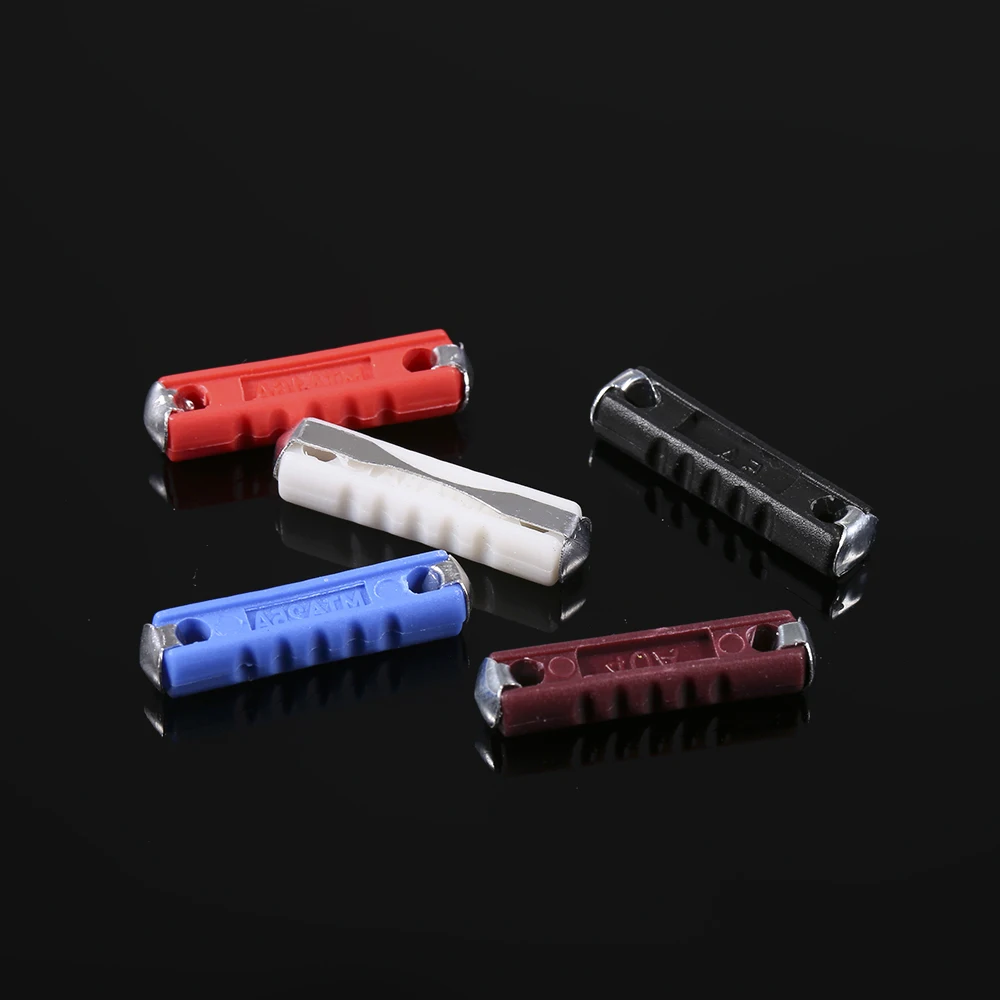Reciprocating saws are powerful tools known for their efficient push-pull blade motion, which enables them to cut through numerous materials. This versatility has made them a staple in construction, demolition, and renovation work. In this article, we will explore the key features of reciprocating saws, address frequently asked questions, and discuss their role in projects that involve geosynthetics.

What are reciprocating saws commonly used for?
Reciprocating saws are frequently used for rough cutting, demolition, and plumbing work. Their flexible design allows for cutting in tight spaces, making them ideal for trimming branches, cutting pipes, and dismantling structures.
How do reciprocating saws differ from other types of saws?
Reciprocating saws use a push-and-pull cutting motion, unlike circular or miter saws, which use rotational blades. While they are less precise, their strength and quick-cutting ability make them better suited for heavy-duty tasks, especially when compared to jigsaws.
What should you look for when buying a reciprocating saw?
Important features include power (measured in amps or volts), stroke length, and speed control. Corded saws offer more consistent power, while cordless saws are easier to maneuver. Additional features like tool-free blade changing and variable speed controls enhance the tool’s versatility for construction projects involving geosynthetics.
How do reciprocating saws benefit geosynthetics construction?
Reciprocating saws cut through wood, metal, and PVC with ease, and they are effective in slicing through geosynthetic materials such as geotextiles and geomembranes, essential for erosion control, drainage, and retaining walls. Their efficiency in handling these materials underscores their importance in modern construction.
Reciprocating saws provide the adaptability needed for challenging construction tasks. Their ability to cut geosynthetics safely and effectively positions them as essential tools for infrastructure projects.